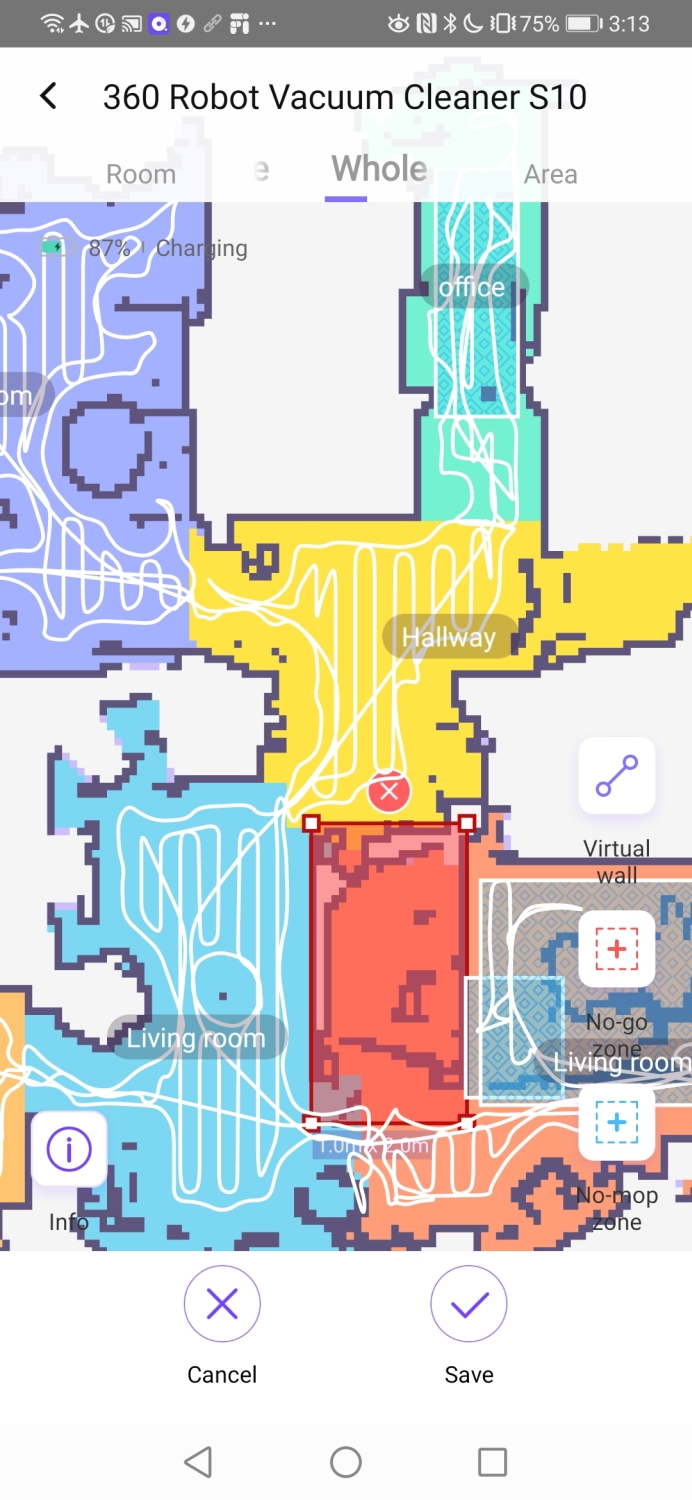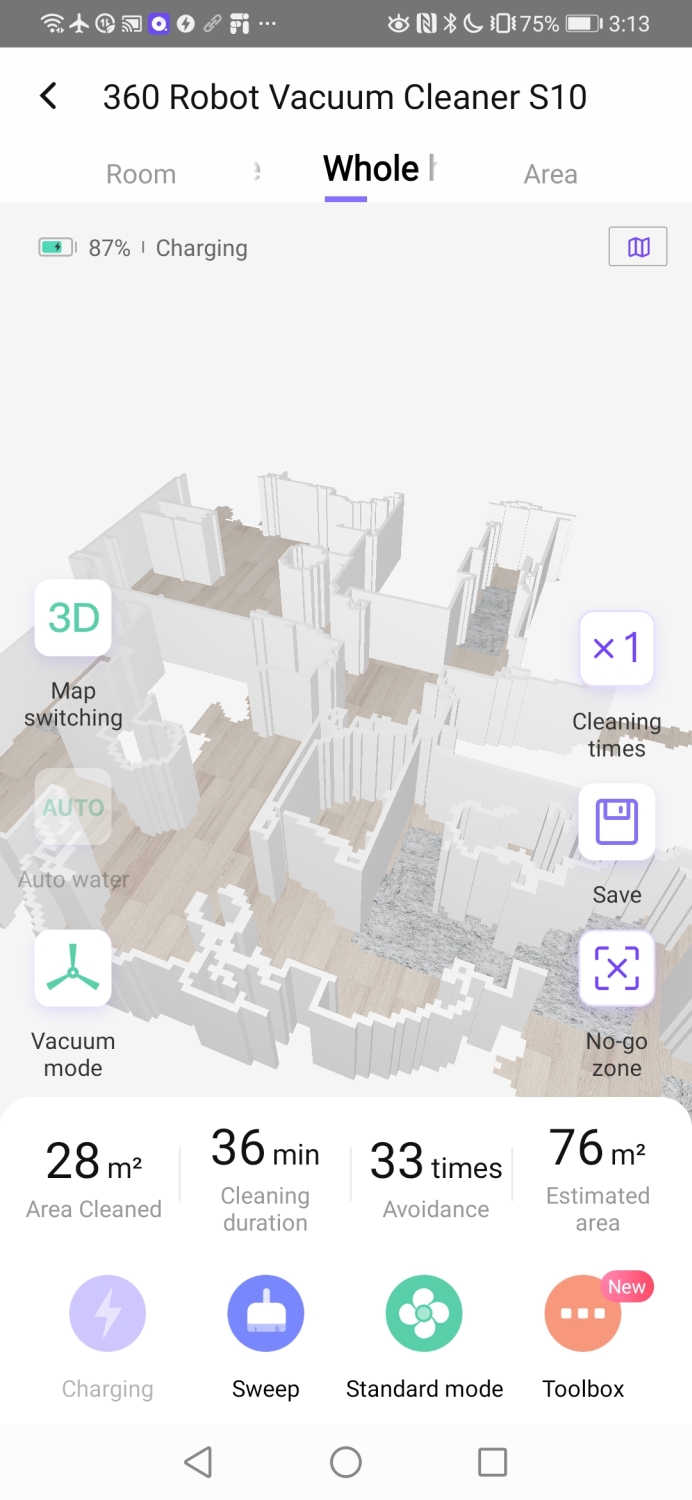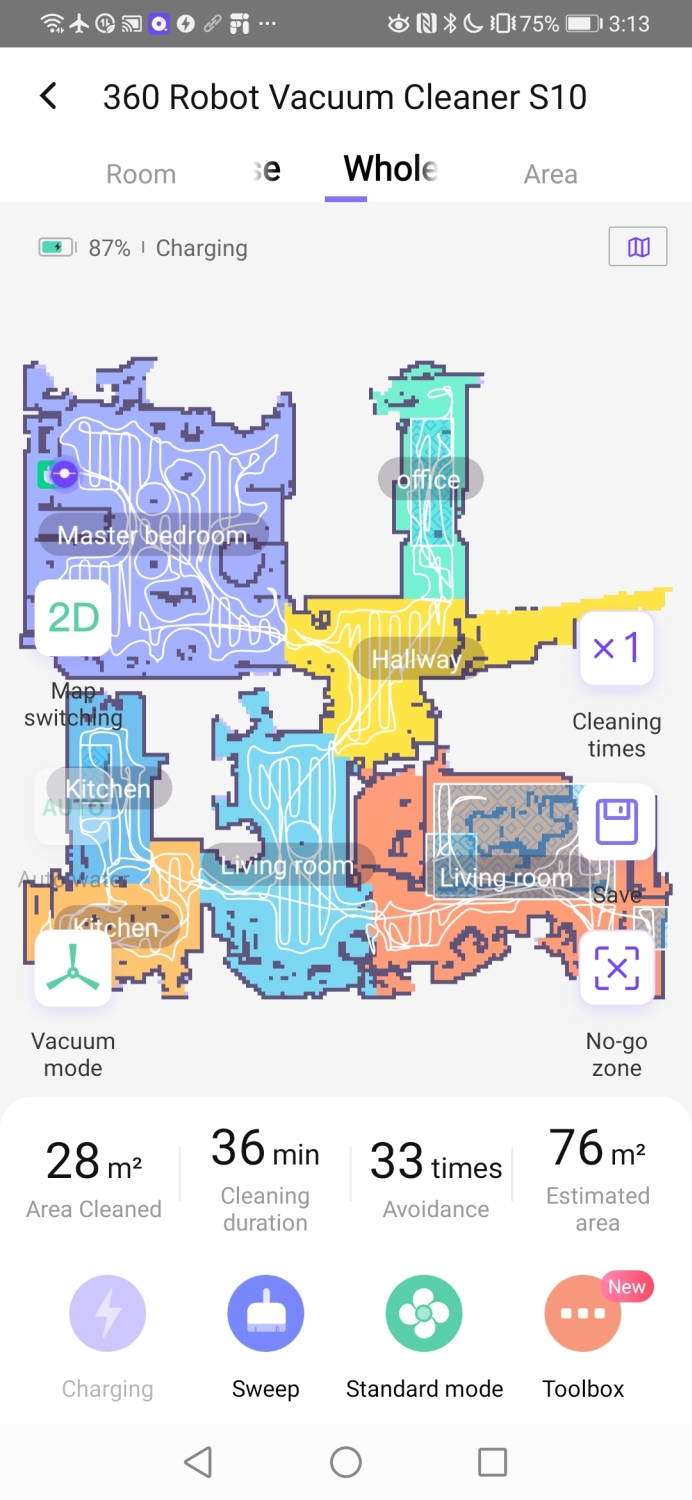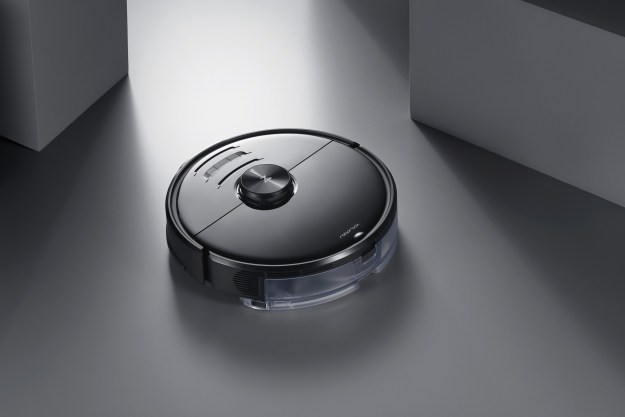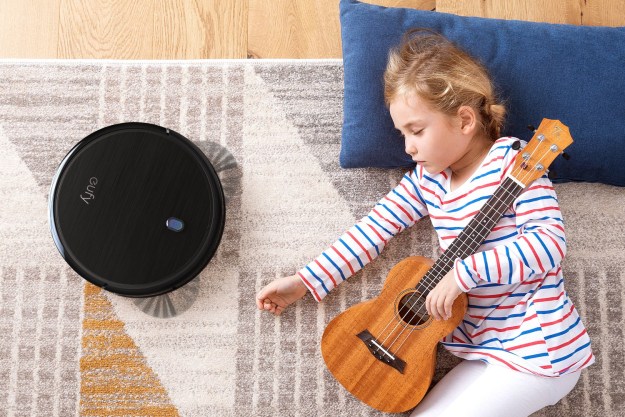Any robot vacuum owner can understand my frustration over having to occasionally save my bot from gobbling up a pair of socks, being tripped up by pesky wires, or even getting stuck under furniture. For our robotic servants, it’s like exploring the frontier each and every time they embark on a new cleaning — one that’s filled with unexpected traps and obstacles to avoid. You could say that no two cleanings are ever alike. That’s unless you’re pretty good at precleaning.
What’s been a tremendous asset for many bots in the last few years has been the adoption of lidar (light detection and ranging). You can easily tell if it’s using it or not based on how the robot navigates, just because lidar-equipped bots tend to clean in straight or s-shaped patterns. Recently, I’ve been testing out the 360 Robot Vacuum Cleaner S10, which happens to employ not one, but three lidar sensors to allow it to see better in 3D. Even though lidar continues to be the gold standard, it’s still not entirely without issues.
Lidar’s great when it comes to efficiency

Lidar’s strength in my experience is in its ability to deliver a more efficient clean. Budget models leverage the old bump-and-move form of navigation, wherein bump sensors around a robot are triggered to cause it to move ever slightly to either the left or right — all in an attempt to navigate around objects. These bots have no clear direction or path, so it can be a hit-or-miss cleaning performance each time.
Lidar-based robot vacuums offer superior navigation. True to its claim, the 360 Robot Vacuum Cleaner S10 doesn’t waste time because its triple lidar system does indeed help it to clean efficiently by moving in straight lines, navigating corners and edges with ease, and avoiding large pieces of furniture. The other unintended benefits of lidar are improved battery longevity and less time having to hear the roar of the vacuum cleaning.
But despite all of the advantages of lidar navigation, it still can’t overcome one problem — the dreaded cables and wires on the floor.
But it still fails at avoiding wires and cables

Trust me, I’m all for fewer wires in our homes, but unless there’s a radical shift in how we power our gadgets (I’m looking at you wireless charging tech), the myriad of cables and wires running along floors will continue to pose a challenge for even the best robot vacuums. The triple lidar system in place with the 360 Robot Vacuum Cleaner S10 was able to help it navigate around pet bowls on the floor, as well as the fake poop I placed in the middle of my family room.
The company claims it can detect obstacles higher than 0.4-inches with its front-firing laser. That’s probably why it still runs over wires. I cringe every time I see it in the corner of my eye because I’m waiting for the moment it needs to be rescued. Given that most cables and wires are well under this threshold, lidar tech in its current iteration just can’t avoid them. While the triple lidar system in the S10 has proven to be a champ at being more cognizant against hazards in its path, it exposes that lidar isn’t the solution I’m craving.
No-go boundaries are the solution for now
So, what can help with avoiding objects less than 0.4-inches in height? Honestly, the first is something I do to an extent already — and that’s precleaning beforehand. It’s a chore and certainly the last thing I want to do, but the time spent on doing it will yield fewer mishaps for your robot servant.
The second is to utilize a robot vacuum’s ability to set up virtual walls or boundaries, which is something you typically do in the app. Since most of the wires and cables in my apartment are located in and around the same spots, placing a no-go boundary ensures that your robot vacuum won’t get too close — thus, it’ll decrease the amount of times you may need to save your robot vac.
Although there are bots that have “vision” through the help of cameras, like the Roborock S6 MaxV and LG CordZero ThinQ Robot Vacuum, I believe programming and A.I. (artificial intelligence) will continue to be a short-term solution to fine-tune a robot vacuum’s obstacle avoidance. There’s a lot of data gathered by all the sensors in a robot vacuum, so you can imagine what’s going behind the scenes to distinguish potential obstacles and how best to avoid them. I, for one, can’t wait for the day when a robot claims 100% wire avoidance.
Editors' Recommendations
- The SwitchBot Mini Robot Vacuum K10+ is designed for cramped rooms and tight spaces
- SwitchBot S10 robot vacuum connects to your plumbing for fully automated mopping
- Poop’s easy. Dodging wires is the holy grail of robot vacuum obstacle avoidance
- Robot vacuum with triple lidar system has eyes to help it avoid poop
- Wyze branches out with $199 robot vacuum featuring lidar tech

